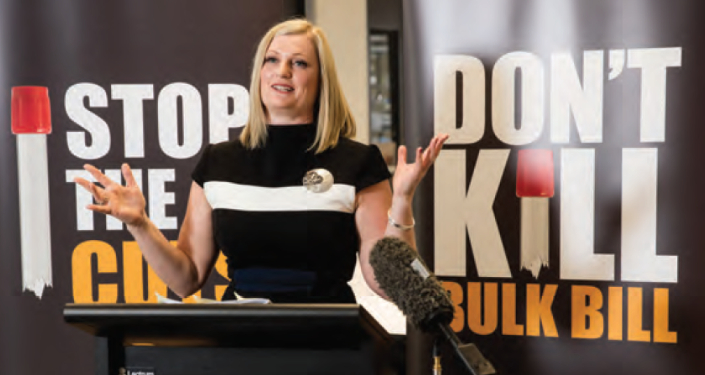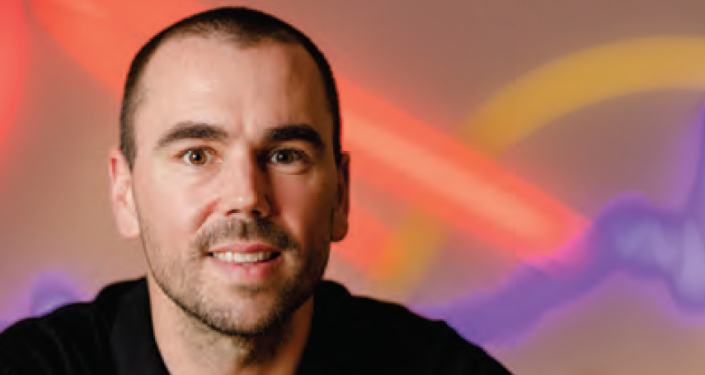Welcome to the February edition of Leading Edge.
The Institute is driven by our desire to enrich our management and leadership community and that is the focus of this month’s edition of Leading Edge. I want to give you a quick roundup of some of the ways your Membership supports you in engaging with the management community on a professional, local and global level.
IML ANZ’s Masterclasses are an excellent way to build professional connections and are now a growing pillar of CPD for many managers and leaders. So, with the needs of managers and leaders in mind, we’ve redesigned the way we deliver our Masterclass offerings for 2021. We’ve expanded the depth we cover our most popular topics, and we now offer these as a series. This means that you can master the leadership skills you need at a pace and frequency that suits you, without sacrificing the depth of understanding each Masterclass series provides. Delving deep into critical leadership skills is a great way to unite management and leadership professionals through shared knowledge. You’ll find more information in this newsletter, and I encourage you to check out which series might be relevant to you or to your team.
At IML, we understand that with so much information now available on demand it can be a little overwhelming. That’s why in creating your Member Portal we’ve made sure that when you login, you’ll receive information that is practical to you. Likewise, the resources available via Leadership Direct are exclusive to Members of IML ANZ and feature tools, checklists, guides, and research focussed on managers and leaders’ needs. Our Member Portal is a key way that we enrich the IML ANZ community by empowering you to curate your own development plan for 2021.
Sound management and leadership practise has never been more sought after than it is today. As such, it might be a good time to reassess whether you are eligible to attain the prestigious Chartered Manager designation. Chartered Managers are part of a global community of management experts who represent leadership excellence. During this month, we are offering $100 off the assessment fee when you apply. As a Chartered Manager myself, I know that the accreditation has helped me develop both professionally and as a leader.
The dedication of our members in raising our management and leadership practice in our various professions and broader society continues to inspire me. In return, we hope that we offer you a suite of Membership benefits that you can equally be proud of. We strive to bring together our local community of managers and leaders and inspire them to realise our vision. That’s where Member Advocates play a crucial role. I believe that our Member Advocates best represent what our community stands for. They support and promote our vision by hosting local events, actively sharing our content via social media, and providing much-needed advice on decisions that will affect IML ANZ’s local Member community. If you want to play a more active role in raising the management and leadership standards in your region, please contact our Membership team.
So, let’s continue to create a community that we can be proud of. We can all play a part in enriching our professional, local and global communities by making the most out of your Membership.
John Withers CMgr FIML
Chair of the Board











